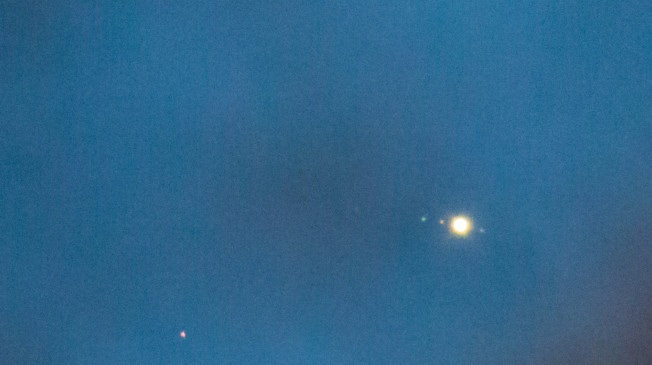
NASA sets aside some money for a robotic mission to Europa. “No details have been decided yet, but NASA chief financial officer Elizabeth Robinson said Tuesday that it would be launched in the mid-2020s.”
Haunting the Web Since 1999

NASA sets aside some money for a robotic mission to Europa. “No details have been decided yet, but NASA chief financial officer Elizabeth Robinson said Tuesday that it would be launched in the mid-2020s.”
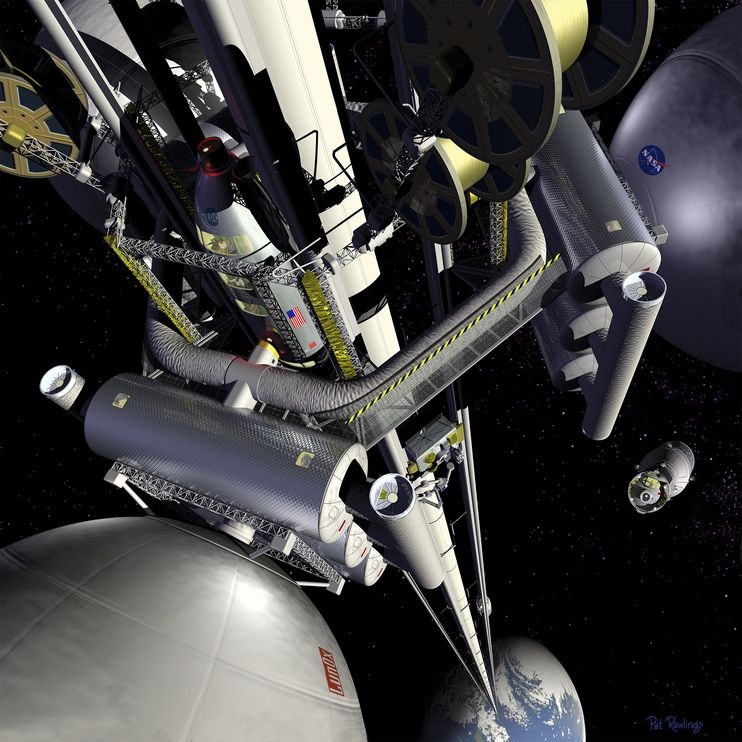
Also in space news, National Geographic makes the case for a “partial” space elevator, whereby ground launches would go into low-earth orbit to drop off their payloads. (See also this New Statesman article from August 2012.) “A space elevator untethered to Earth, with both of its ends hanging in space, might cut the costs of space travel to high orbit by 40 percent, researchers report.”

“Sarcasm detector…now that’s a really useful invention.” In Slate, Konstantin Kakaes explains how academic science journals have been routinely snookered by algorithmically-generated nonsense. “First, academic publishing became an enormously lucrative business. And second, because administrators erroneously believed it to be a means of objective measurement, the advancement of academic careers became conditional on contributions to the business of academic publishing.”
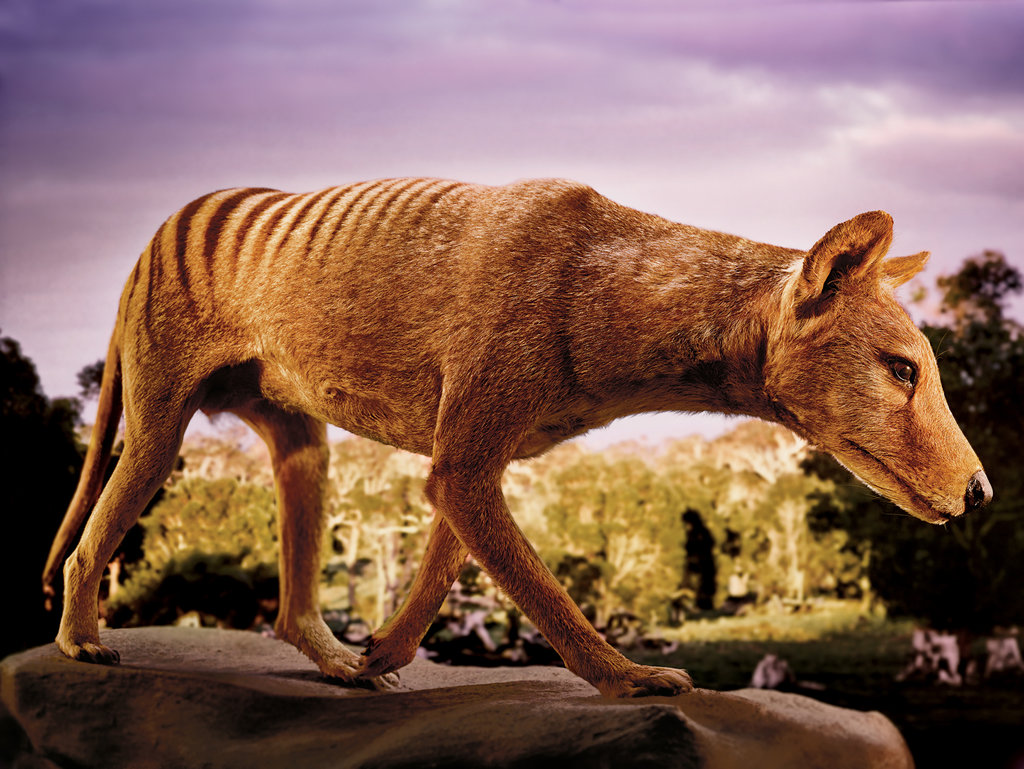
By way of Follow Me Here, the NYT’s Nathaniel Rich examines the promise, challenges, and ethics of reviving extinct species, and beyond:
“What is coming will go well beyond the resurrection of extinct species. For millenniums, we have customized our environment, our vegetables and our animals, through breeding, fertilization and pollination. Synthetic biology offers far more sophisticated tools. The creation of novel organisms, like new animals, plants and bacteria, will transform human medicine, agriculture, energy production and much else. De-extinction ‘is the most conservative, earliest application of this technology,’ says Danny Hillis, a Long Now board member and a prolific inventor who pioneered the technology that is the basis for most supercomputers.”
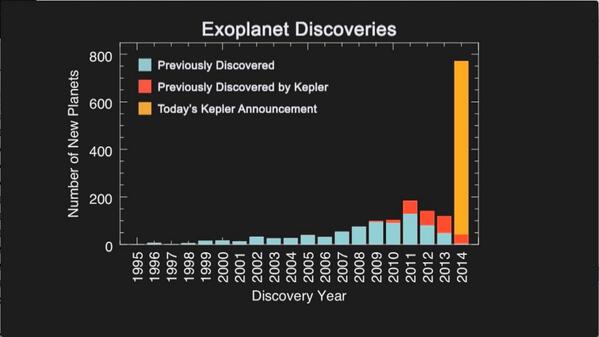
NASA announces 715 new planets found by the Kepler telescope, and that’s only from the first two years of data. “About 94 percent of the new alien worlds are smaller than Neptune, researchers said, further bolstering earlier Kepler observations that suggested the Milky Way galaxy abounds with rocky planets like Earth…four of the worlds are less than 2.5 times the size of Earth and reside in the ‘habitable zone,’ that just-right range of distances that could allow liquid water to exist on their surfaces.”
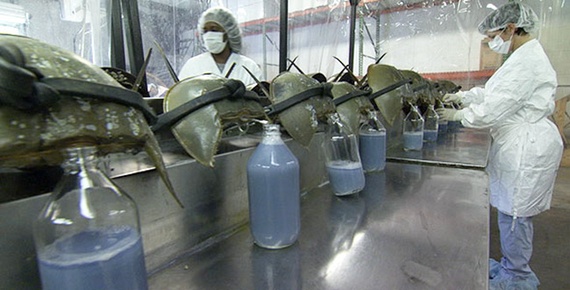
In The Atlantic, Alexis Madrigal unearths the amazing secrets, and industry, surrounding horseshoe crab blood. “The thing about the blood that everyone notices first: It’s blue, baby blue…The iron-based, oxygen-carrying hemoglobin molecules in our blood give it that red color; the copper-based, oxygen-carrying hemocyanin molecules in theirs make it baby blue.”
By way of Dangerous Meta and H-Twins, a handy and interactive chart of the scale of the universe. “The real genius of the interface is the ability to scroll back to a familiar object like a car — the time spent scrolling helps to convey a sense of size and distance.”

The New Yorker‘s Adam Alter surveys the recent data suggesting something that accords well with my overall worldview: Positive thinking is for suckers. “In a provocative new analysis, Oettingen and her colleagues have suggested that public displays of positive thinking may even predict downturns in major macroeconomic outcomes…the staggering results in this most recent paper are consistent with more than a decade’s worth of studies in Oettingen’s lab.”
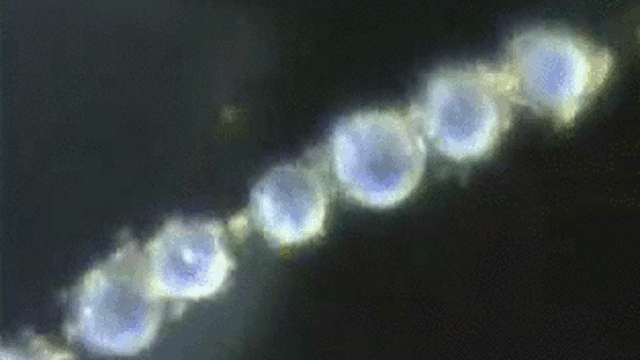
A glimpse of the future: A Penn State team manage to insert synthetic nanomotors into living cells for the first time. “We might be able to use nanomotors to treat cancer and other diseases by mechanically manipulating cells from the inside. Nanomotors could perform intracellular surgery and deliver drugs noninvasively to living tissues.”

The WP’s Brad Plumer talks with Elizabeth Kolber about her new book, The Sixth Extinction, and the many grim portents for life on our planet these days. “I think many scientists would say that what we’re doing to the chemistry of the oceans is the most significant. One-third of the carbon-dioxide that we pump into the air ends up in the oceans almost right away, and when CO2 dissolves in water, it forms an acid, that’s just an unfortunate fact.”